Growing concerns: how a global climate crisis is impacting the way we garden
You may have begun to notice how turbulent shifts in weather are impacting your outdoor spaces. Here's what some of the world's leading voices have to say
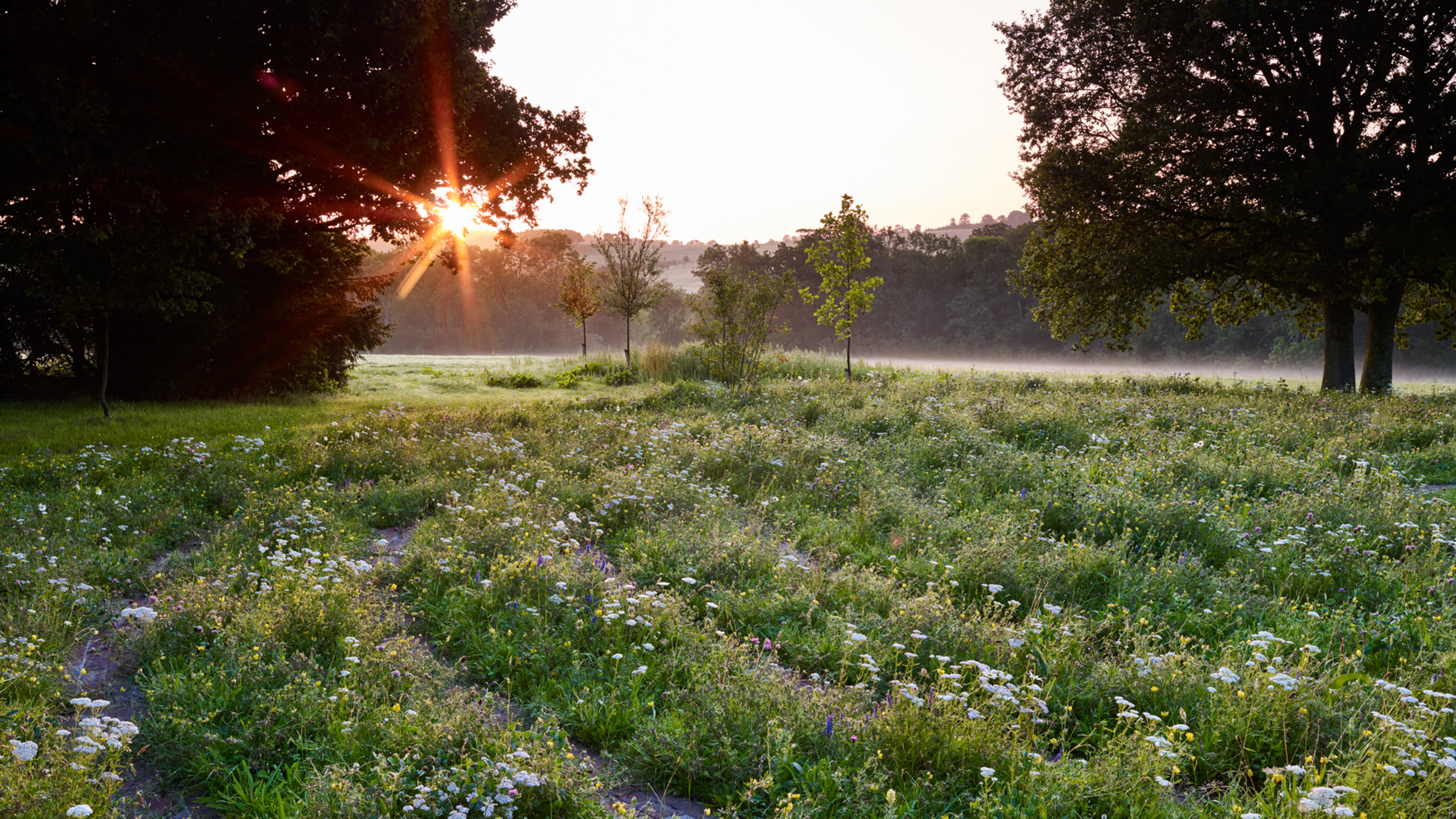

In July 2021 the world was shocked by the tragic events in Germany as unprecedented rainfall caused devastating floods to sweep across the country, as well as parts of Belgium and the Netherlands.
Now cast your mind back to the bushfires in Australia during the early stages of 2020, where an estimated 3 billion animals were killed or displaced in what was described as 'one of the worst wildlife disasters in modern history' by WWF-Australia CEO Dermot O’Gorman.
Wildfires in California and over parts of the US have also become more frequent over recent years. The World Meteorological Organisation report a staggering 500% increase in area burned annually by wildfires in the US since the 1970s, with over 4.5 million acres burned across the US this year.
With such drastic changes in weather, it stands to reason that if shifts in the natural world are happening on such a large scale, the effects will be being felt at a domestic level too. And perhaps few are more attuned to fluctuations in weather patterns than gardeners. Whether that be a movement towards using drought tolerant plants or drainage solutions to protect your garden from flooding.
'There are many interlinked [environmental] issues impacting all life at the moment; as designers and gardeners we can protect soil, plant trees, avoid poisoning, peat and plastics, and publicise what we know to be the issues,' says leading landscape architect Marian Boswall. 'We are lucky to understand the land because we are close to it, so we can use our knowledge for good.'
She, like many of her peers, are putting themselves at the fore of encouraging people to acclimatize their attitudes to their outdoor spaces. As Marian put it to me, 'Our clients are the land, the flora and fauna and the humans too, everything needs to thrive for us all to survive.'
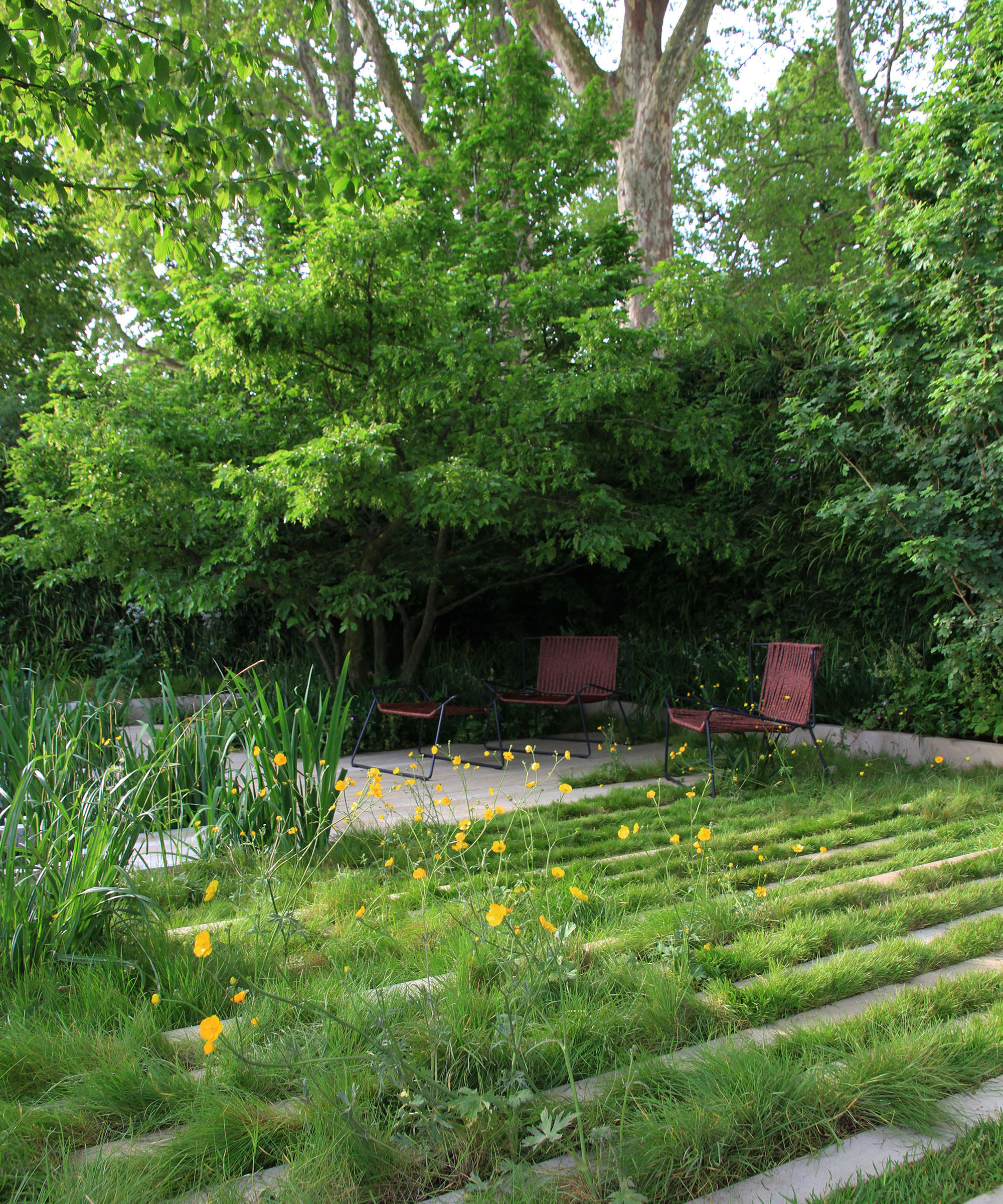
'This increased severity and unpredictability makes garden design a challenge, particularly when you think about planting,' says designer Andrew Duff
The big picture and what it means for gardeners
Regardless of your age and where you live you are bound to have noticed a change in your local weather. International garden designer Andrew Duff, who is also Co Chair of an upcoming symposium on the impact of garden and landscape design on the environment, hosted by the Society Of Garden Designers, recalls the distinct changes in seasons he remembers from years past.
'Growing up I remember the distinct changes of the seasons; you could guarantee a hot summer's day or the crispness of winter, but now the weather seems to change several times in the day which makes planning a garden difficult,' he says.
These changes have had a knock-on impact on typical landscape design principles and how landscape designers like Matthew Cunningham approach their work. Matthew, who also teaches a seminar at the Harvard Graduate School of Design called 'Plants and Placemaking: New Ecologies for a Rapidly Changing World', believes that the climate crisis has impacted every single garden design project he has worked on throughout the north east of the United States.
'The erratic and unstable weather patterns we now experience here in New England the past couple decades, have caused dramatic fluctuations between prolonged periods of drought, and an over-abundance of all forms of precipitation. We receive heavy, wet snow, thick, crusty ice, and multiple inches of torrential rain at a time,' he says.
'This, combined with wind speeds that frequently exceed limits that even healthy plant materials can withstand, create tremendously difficult circumstances for backyard trees and shrubs to thrive within.
'We see incomprehensible temperature swings from one day to the next, with record-breaking highs and lows in nearly every season,' he continues. 'It should also be said that prolonged periods of warmer temperatures have accelerated the migration of invasive plants and insect species further north, and both our native and domesticated plant communities are being seriously impacted by these constantly mutating pressures.'
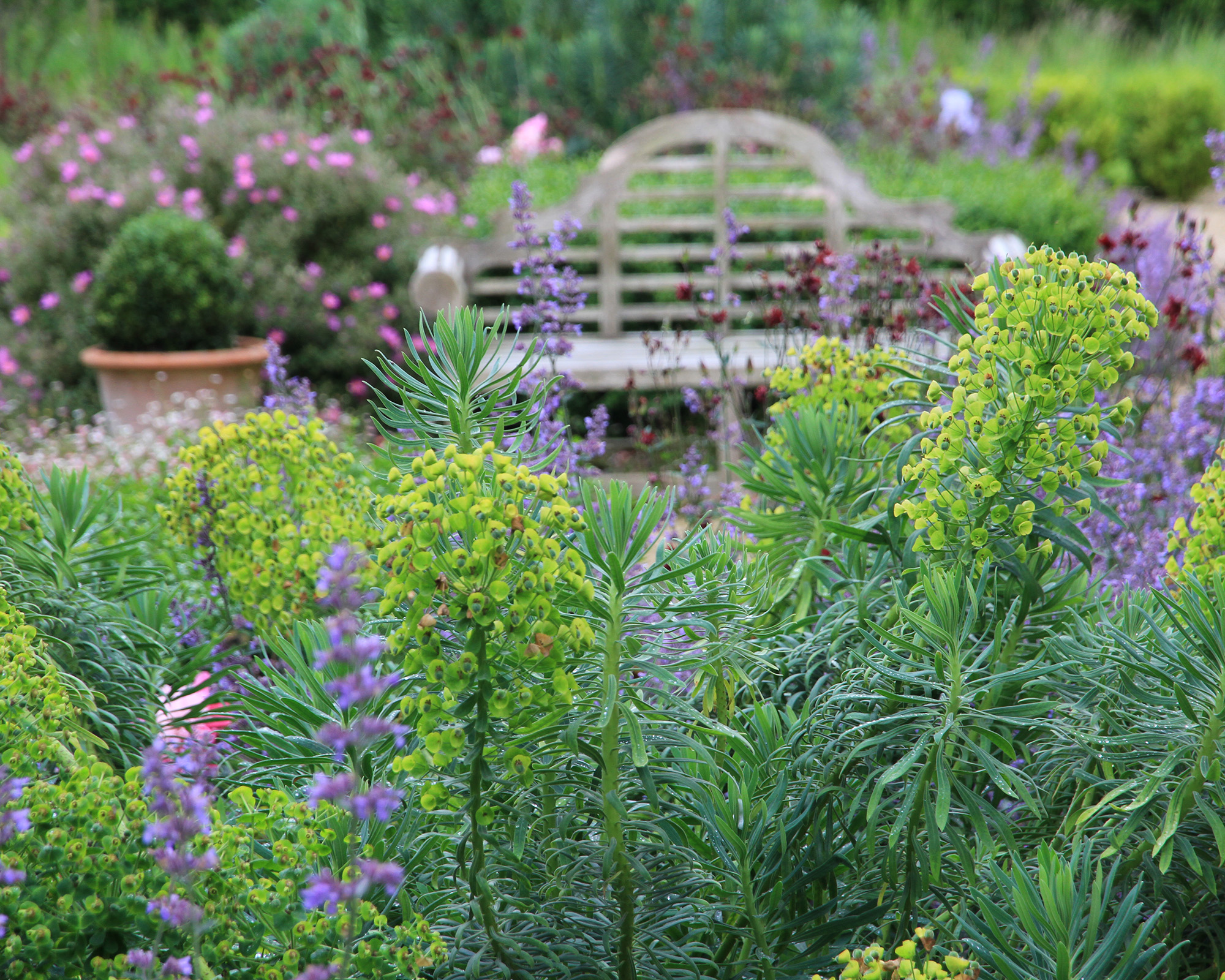
'For me I prefer to use tough plants, they need to be able to get on with it and look after themselves,' says Andrew Duff
Periods of fire and drought are on the up
Jessica Henson, partner at LA based design firm OLIN and published author, has done a great deal of research and work around the topic of climate change in Southern California.
'In LA we have a semi-arid climate with wet winters and dry summers. In recent decades we have seen more droughts and more infrequent rainfall. Overall the climate has become more unpredictable and more unstable. We are experiencing increased intensity of wildfire which also increases the intensity and threat of mudslides,' Jessica explains.
Climate change is impacting Jessica's design from small garden layouts to large, regional plans. 'Increased heat, pollution, and climate instability require considering the ability of a garden or landscape to thrive over time and be resilient to changes,' she says.
'We are also working to think of creative ways to incorporate water features and other traditional garden elements in ways that don't use significant amounts of water and can look beautiful when dry.'
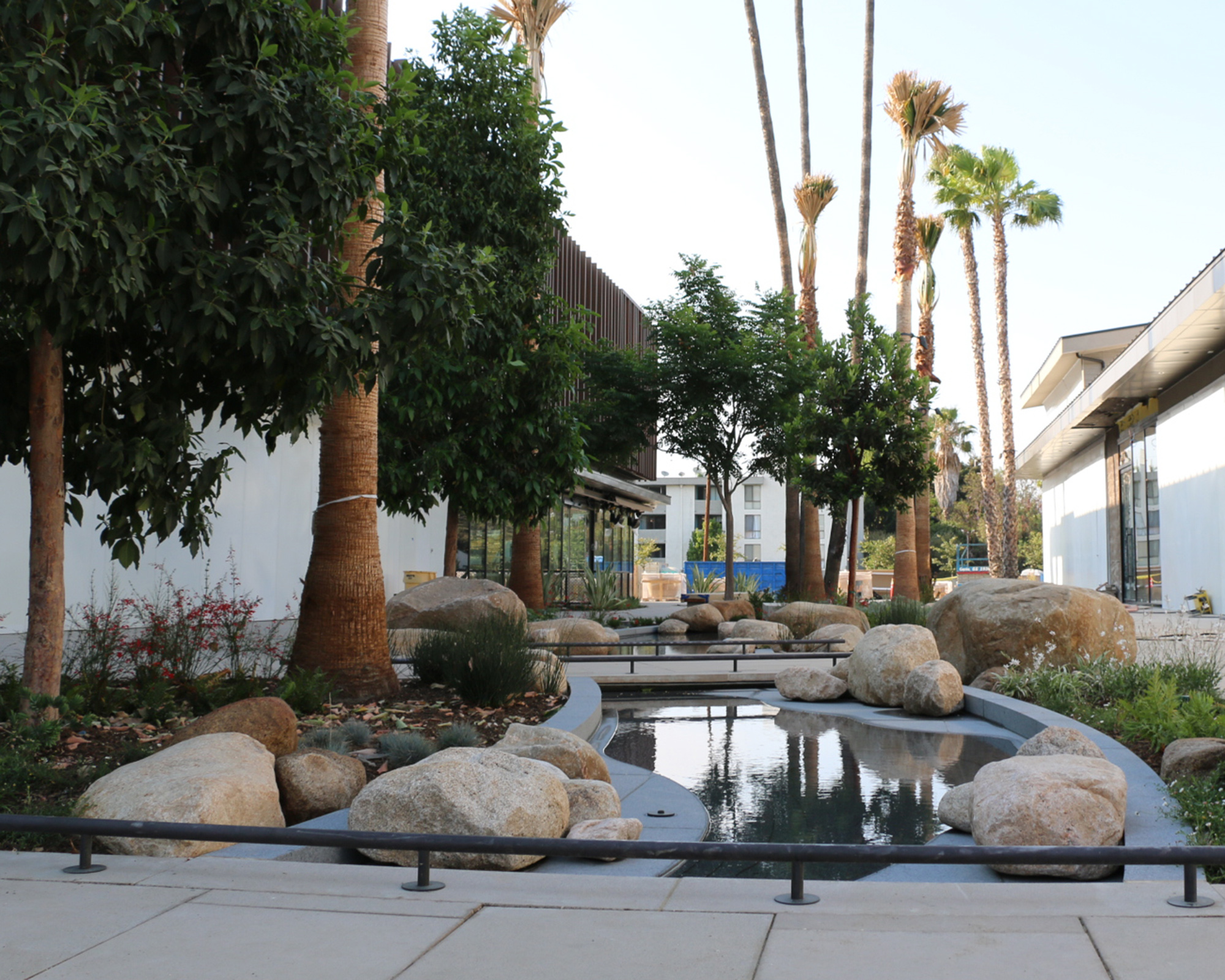
A project in LA by design firm OLIN
The impact on animals and wildlife in our gardens
Of course, it's not just human beings who are feeling the effects of changes in weather. As UK-based designer Kristina Clode explains: 'Plants are waking up from winter increasingly early each spring as they respond to the warmer temperatures, and insects which feed on the new growth are developing earlier too.'
But some species are finding it hard to keep up with the changes, to troubling effect. 'Birds and mammals are slower to adapt their breeding cycles which have evolved over many years,' says Kristina.
'One such example is the moth caterpillar which feeds on oak leaves. This used to be in late spring and early summer, which is when the blue tit evolved their breeding time to take advantage of the caterpillar glut, however they are now struggling to find enough caterpillars as their peak is over by the time the chicks have hatched.'
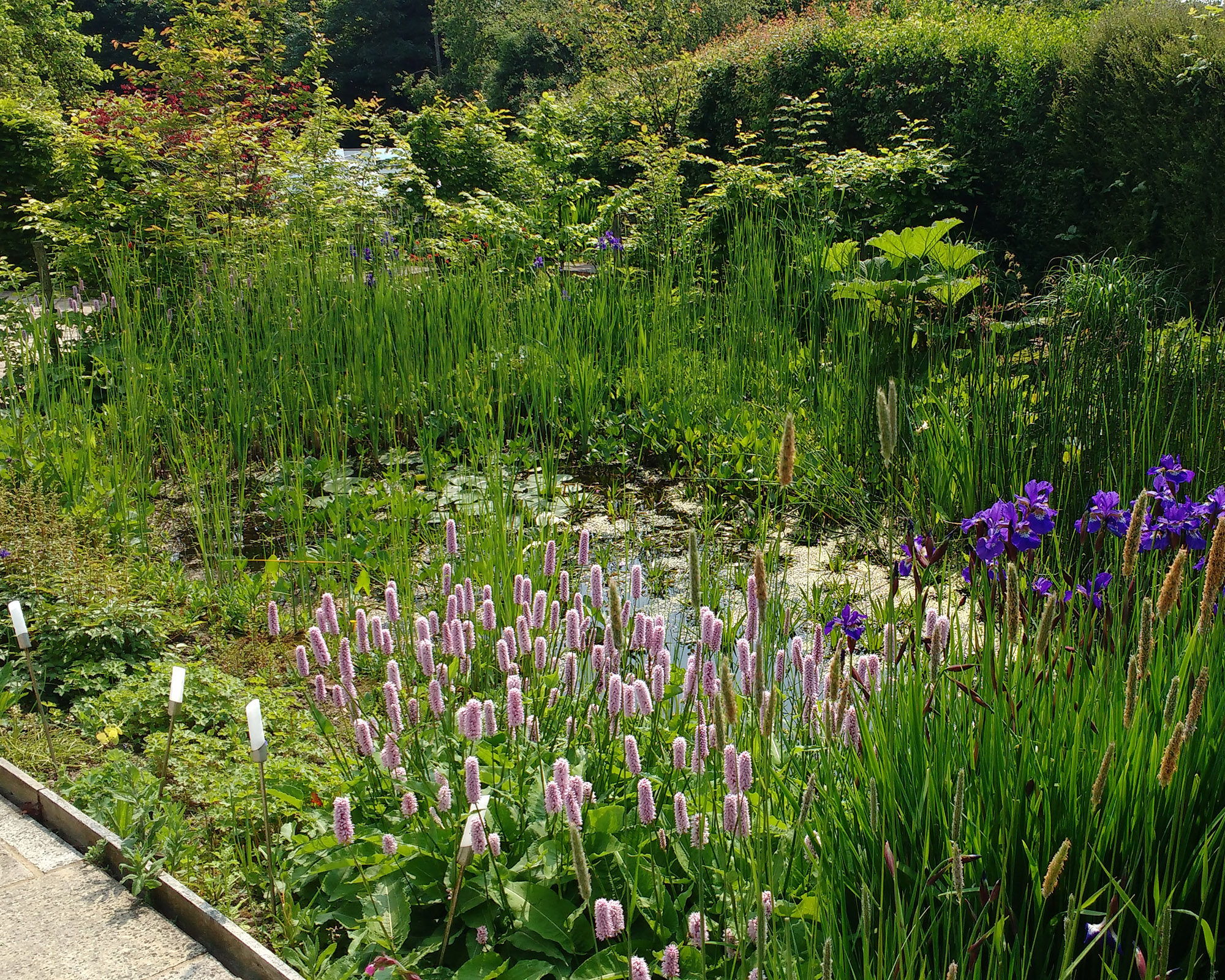
'Ponds are becoming more popular in gardens due to the desire for the cooling influence of water, but also to encourage wildlife and greater biodiversity,' says Kristina Clode
Weathering the storm of climate change
So what strategies are these challenges being met with? For Matthew Cunningham's firm the emphasis is on using native and indigenous plants as much as possible. This is due to the fact that they are best acclimated to survive and thrive in the fluctuating climate conditions we work within. 'They are adaptive, drought tolerant, and typically make better low maintenance flower bed ideas than more domesticated ornamental plant species,' says Matthew.
'Native and indigenous plant communities at all scales sequester carbon and are most supportive to healthy, site ecologies that embrace biodiversity; they also display incredible multi-seasonal attributes that connect people and place,' he explains.
Appropriate plant choices are also highlighted by Jessica Henson as a buttress to dealing with climate change. 'Given the frequency of drought conditions, we are specifying water-wise plant species with low water needs almost exclusively. We are using moderate water use species very sparingly and rarely using lawn unless programmatically required,' she explains.
'Even though Los Angeles is semi-arid we find that many desert natives from east of LA are thriving in these conditions with the urban heat island and limited water of the urban areas of Los Angeles. In fact, many of the desert natives of the Mojave Desert don’t mind being irrigated in the summer whereas native plants of Los Angeles are adapted for dry summers and cannot tolerate being watered in the summer,' says Jessica.
It's important that gardeners in this region understand that it's not just about adding water to a struggling plant. 'Many people see a Los Angeles native plant struggling in the summer and add more water, which kills the plant,' says Jessica.
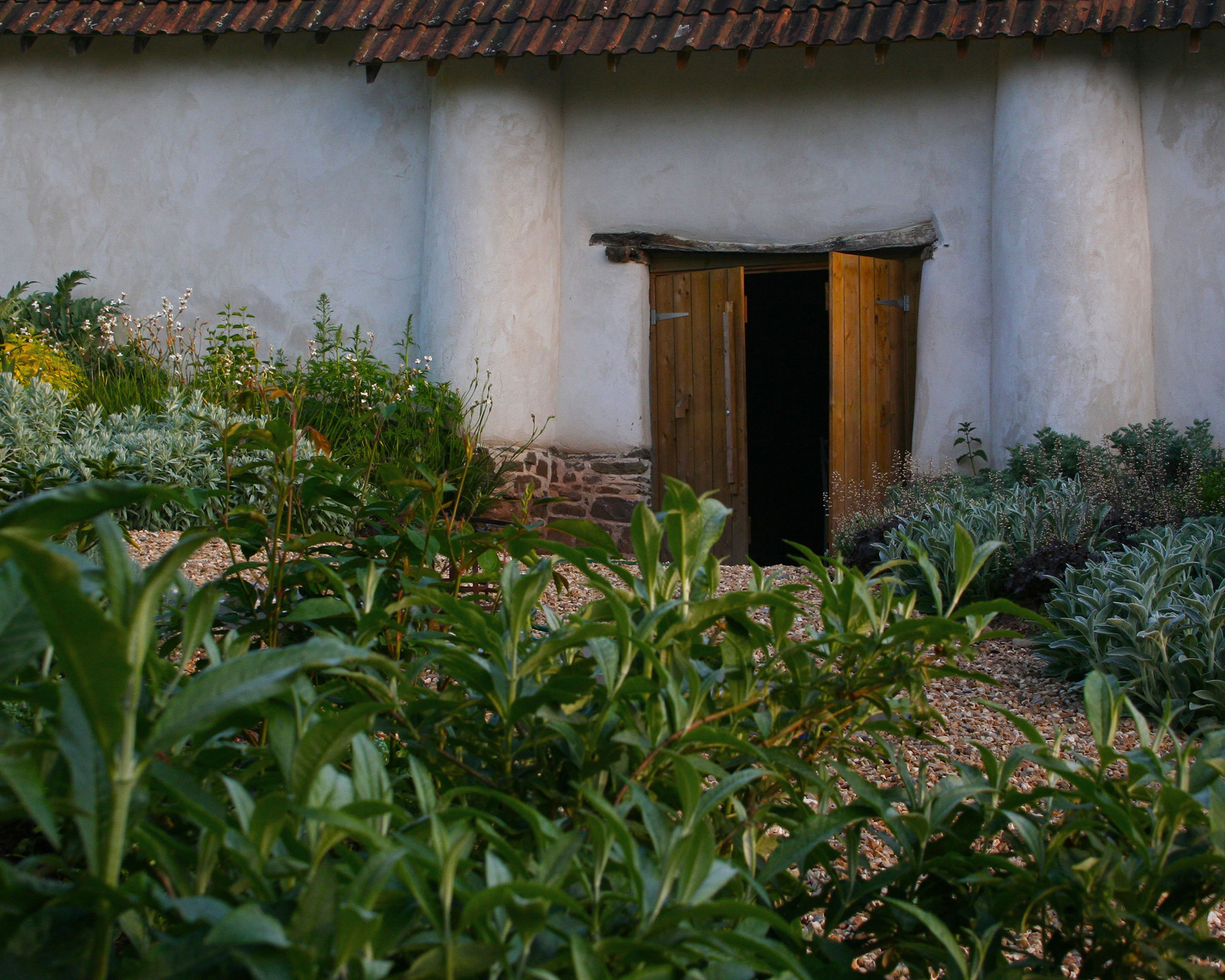
'By planting mainly native species and sourcing from nurseries within 25 miles of a site, the chosen plants quickly adapt to their new settings,' says Andrew Duff
Looking to the future
Matthew Cunningham believes that mentoring the next generation of designers is by far one of the greatest contributions he can make to the profession of landscape architecture.
'I have never believed more in the power of our profession to advance the fight on climate change than I do now, and we must do all we can to attract students from diverse socio-economic backgrounds and cultures,' he says.
'Everything is riding on this. We all have a collective responsibility to practice good ethics and to protect all of the communities and neighborhoods within which we live. We are well-into an all-hands-on-deck situation, and both the present and future requires tremendous innovation and organization in the face of the myriad catastrophic environmental problems we face.
'I believe the power of residential landscape architecture is just beginning to be understood, and I am proud to be playing a role in the shaping of the future of garden design,' he adds.
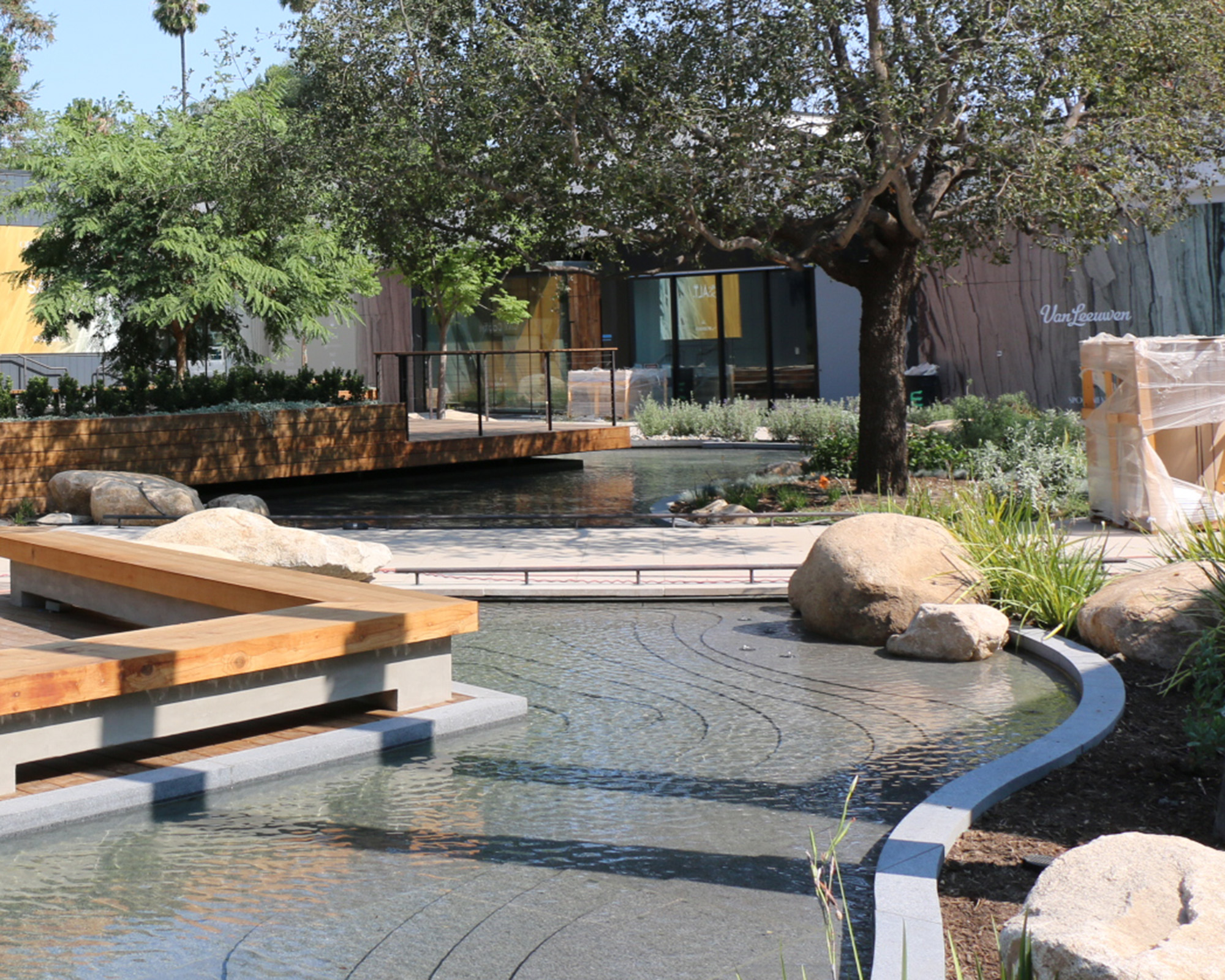
On their project the Sportsmen's Lodge OLIN used a very thin scrim of water over a carved basin that creates visual interest when dry or wet
Jessica Henson thinks we can expect many more climate adapted canopy trees to be used in streetscapes and gardens in Los Angeles that can tolerate a hotter and more inconsistent and unstable climate scenario.
'The lush gardens filled with species that are culturally famous in Los Angeles may be less frequent in our communities as we adapt to a dryer, hotter landscape,' says Jessica.
'Ideally a biodiverse set of native and non-invasive species can be used to create a resilient urban habitat that reduces heat islands, connects wildlife populations for climate migration, and creates beautiful, fulfilling places to live.'
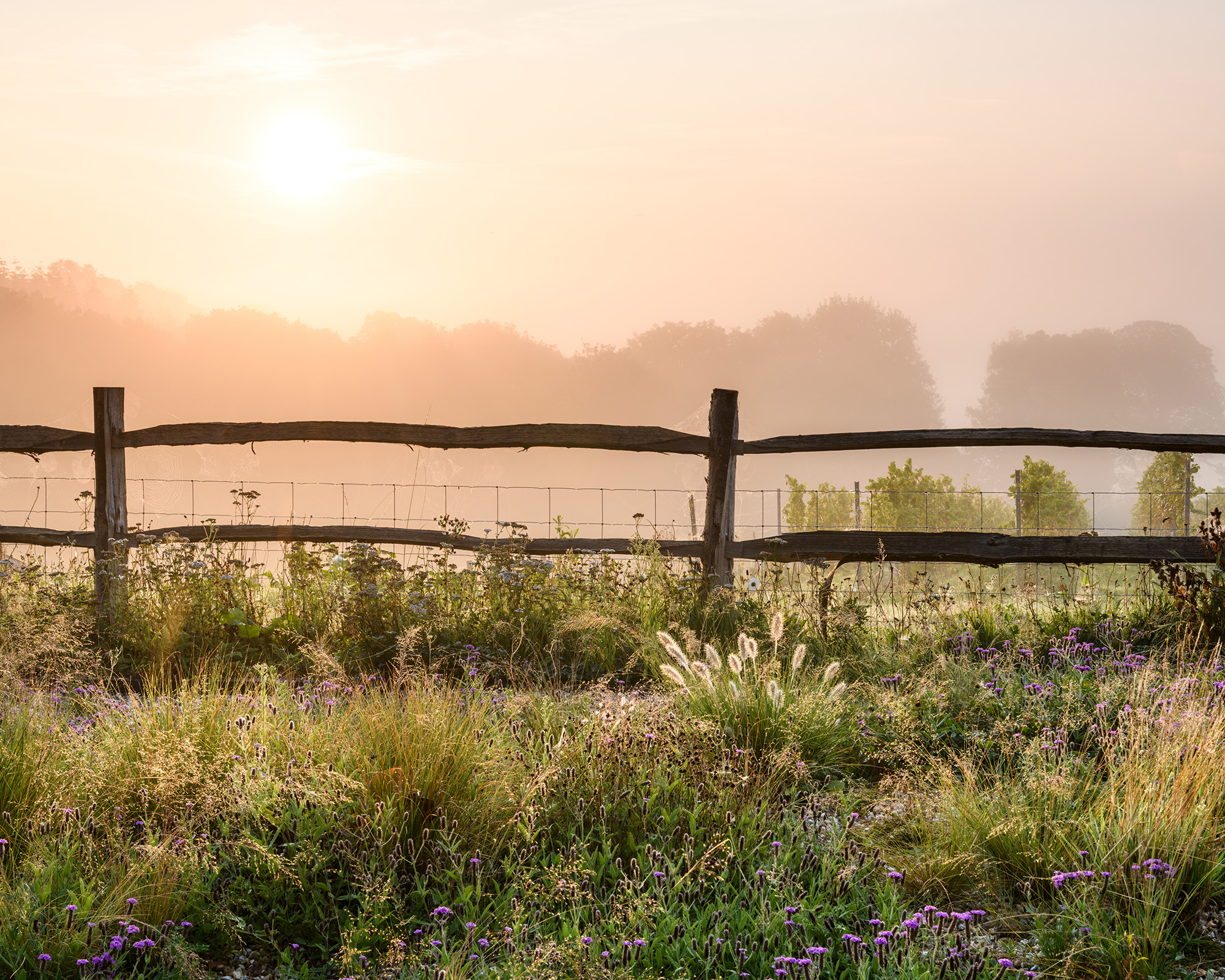
'We plant not only for climate but for biodiversity and soil health, it is all linked,' says Marian Boswall
Kristina Clode believes that the UK could become more like the Mediterranean, with long hot, dry summers and mild wet winters. 'Our native plants will either adapt or die out and in their place will arrive species and plants from Mediterranean gardens and other similar climates which will be escapees from our gardens, brought on the wind or by migrating wildlife, or planted by us in mass plantings when our own native plants begin to fail,' she says.
'Alternatively melting glaciers may cause the Atlantic Gulf Stream to collapse, in which case the opposite could be true and Europe could be plunged into colder temperatures and be increasingly stormy,' she suggests.
It's vital to point out that no one can know for sure what the future holds, all we can do is try to adapt as best we can and mitigate as much as possible. Kristina believes this can be helped by planting a wide range of deciduous and evergreen trees which can cope with a range of temperatures and rainfall to ensure that in 50 years' time we still have mature trees alive in our landscape.
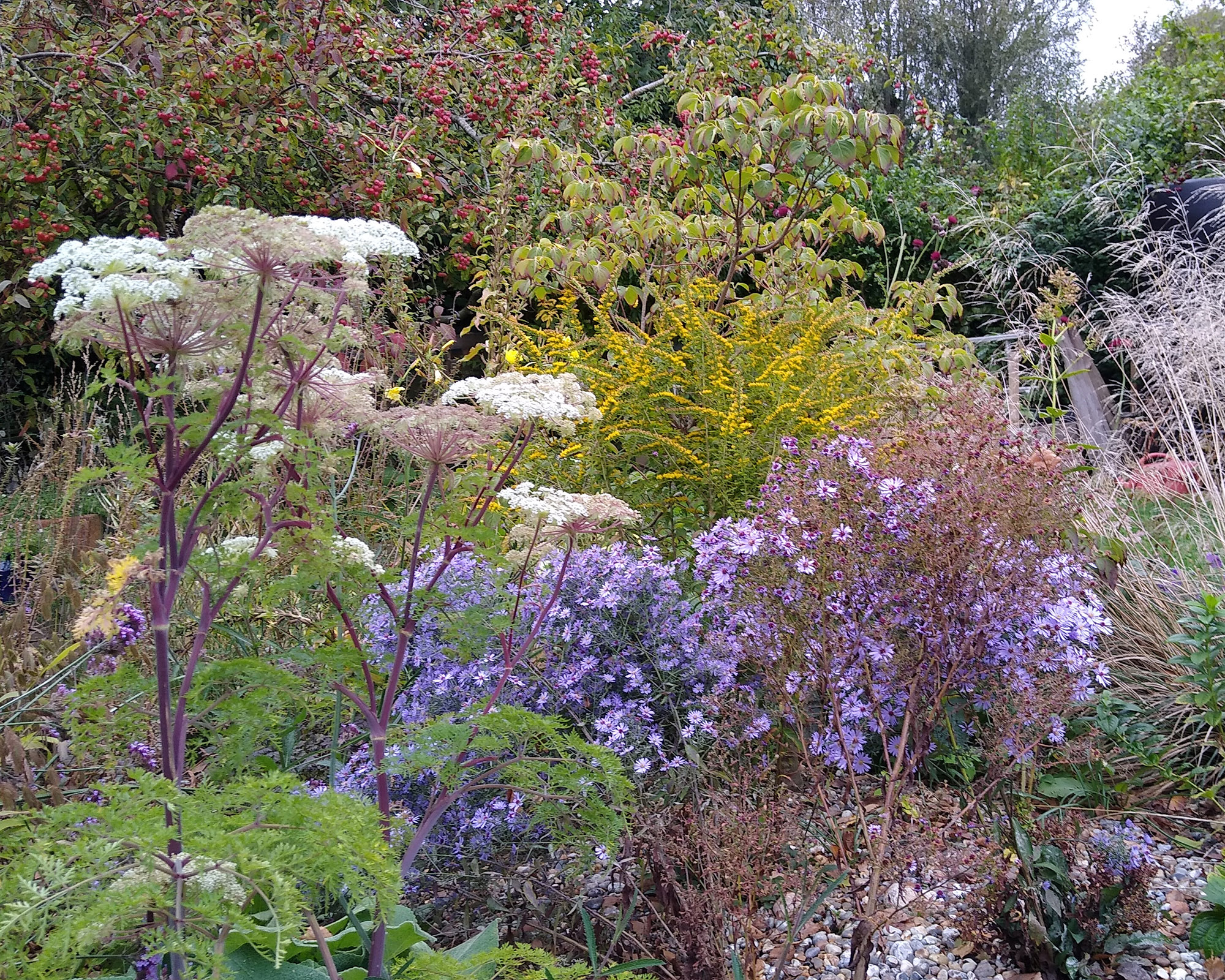
'I often design gravel gardens as the gravel mulch aids drainage around the plants and gradually combines with the soil, it also deters weeds and retains moisture during the summer,' says Kristina Clode
What we can do as gardeners
It's also down to us as individuals to consider ways in which our gardening habits can help to offset some of these shifts. Kristina Clode suggests how, as gardeners, we can help by increasing biodiversity with the best plants for pollinators, and providing varied habitat for wildlife:
- Embrace mess: 'We can help by being less tidy in our gardens, leaving dead stems and plants for seed heads in place over winter and cutting back instead in spring, then composting the waste to allow hibernating insects to emerge. Leave piles of dead-wood at the back of borders as bug hotel ideas and for toads, slow worms and snakes to live under.'
- Bring in water: 'Build a garden pond and create a bog garden which provide more opportunities for wildlife, valuable drinking and bathing for birds, more varied plant-life and opportunities for amphibians and water based insects.'
- Mow less: 'We can allow our lawns to grow longer by mowing less regularly, and become more diverse by not treating them with selective herbicide, to encourage flowers such as clover, birdsfoot trefoil, daisies and dandelions, or even convert them and plant a wildflower meadow.'
- Ditch chemicals: 'Above all use no pesticides which are one of the chief killers of our insects and wildlife. Allow nature to nurture the wildlife we have and give them the best opportunity to adapt together to the changing world, with less human intervention and control.'
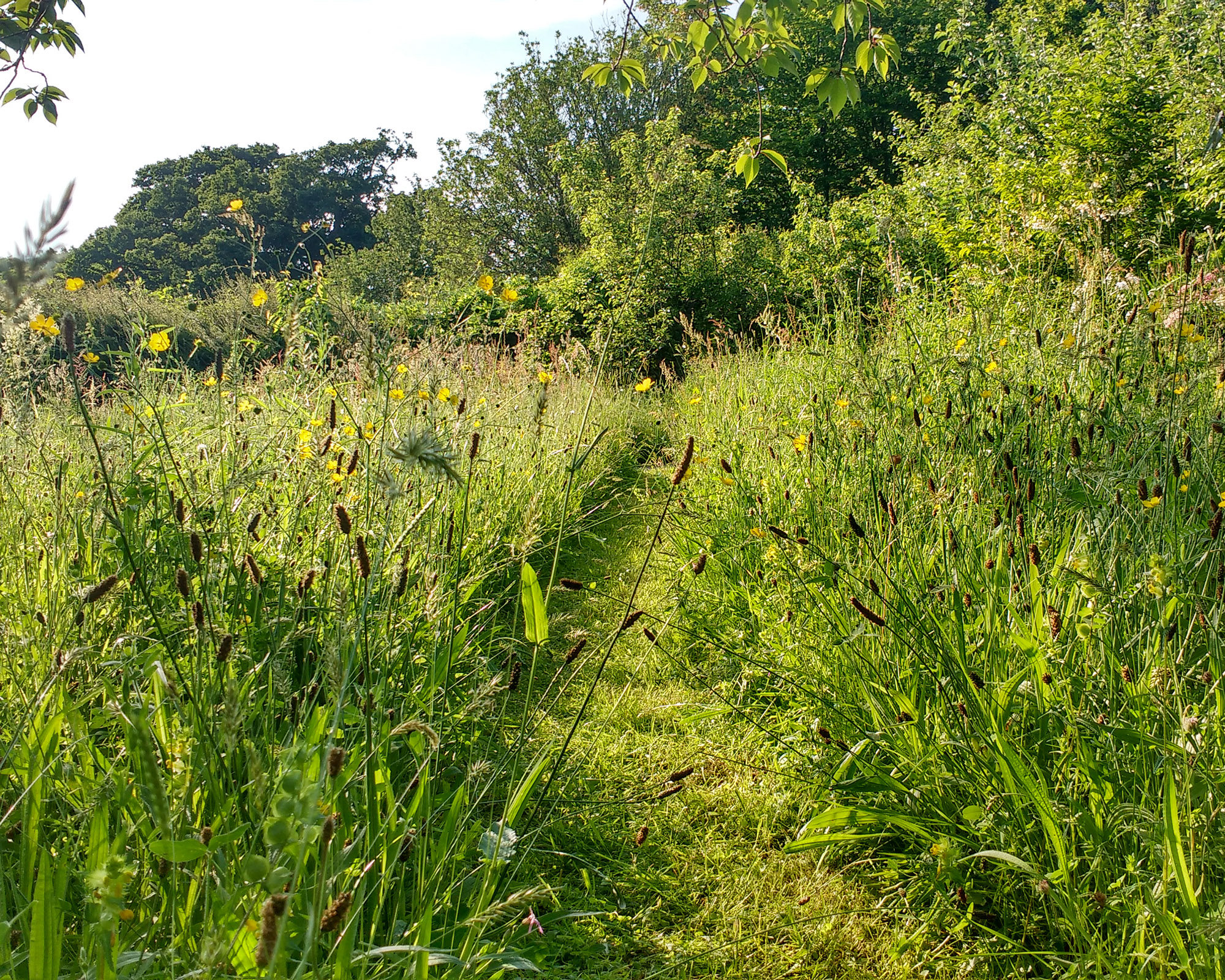
'Placing a bog area or rain garden next to a pond can take any overflow from the pond when there is too much rain,' says Kristina Clode
Small changes can make a big difference
I would urge you after you read this article, to step outside and look at your own backyard. Have a look at your plot and ask yourself how if there are ways you could be adapting. Perhaps you are in a long standing battle with your lawn, attempting to keep it lush and green. Does this require a lot of watering? Perhaps the water could be conserved by leaving the lawn to grow longer, or by allowing it to give way to a gravel garden of drought tolerant plants or an annual meadow for pollinators.
Are there areas of mess in your garden which provide habitats and shelter for wildlife? Some of us may favor a manicured look but this doesn't present the most welcoming environment for insects who pollinate our plants and improve the health of our soil. Could you compromise and dedicate a hidden corner to keeping piles of leaves and logs?
What plants are you growing? Could you afford to sow and grow some more bee friendly plants which will provide vital nectar for bees and butterflies. Think about using native species which will thrive without needing pesticides or regular irrigation.
It's easy to feel hopeless when we read articles like this and feel like the fight is too much for us as individuals to face. But as these experts have shown us, we all have our own part to play in the fight to mitigate the negative effects of climate change, and it's clear that as gardeners, we have some important tools at our disposal. No matter the size of your plot or the extent of your knowledge, it could be that the next step you take outside to your garden could be the first step towards positive change.

Teresa has worked as an Editor on a number of gardening magazines for three years now. So she is lucky enough to see and write about gardening across all sizes, budgets and abilities. She recently moved into her first home and the garden is a real project! Currently she is relishing planning her own design and planting schemes. What she is most passionate about when it comes to gardening are the positive effects it has on our mental health to grow and care for plants, as well as being great for the environment too and help provide food and shelter for wildlife.
